On April 27, 2021, the CDC announced the third update to its mask guidance. The changes come after many people have been fully vaccinated and case rates continue to drop, CDC director Rochelle Walensky, MD, said during the White House COVID task force briefing.
The new guidelines from the CDC say that the only time a fully vaccinated person has to wear a mask outdoors is at “a crowded outdoor event, like a live performance, parade, or sports event.” The agency says that attending crowded outdoor events isn’t safe for unvaccinated people, even if they are wearing a mask.
“Over the past year, we have spent a lot of time telling Americans what they cannot do, what they should not do,” Walensky said. “Today, I’m going to tell you some of the things you can do if you are fully vaccinated.”
Ohio Governor Mike DeWine stated in his press conference later in the day that Ohio’s mask mandate will follow most of the same protocols for mask use. DeWine also said that fully vaccinated people do not have to quarantine if exposed to a COVID-19 positive person.
The CDC’s new mask guidelines didn’t change much for unvaccinated people. Those who haven’t gotten the vaccine can only go unmasked when they are walking, biking, running, or attending small outdoor gatherings with fully vaccinated family and friends. Any other activities outdoors still require unvaccinated people to wear masks, per CDC guidelines.
Below is the graphic on “Choosing Safer Activities” from the CDC.
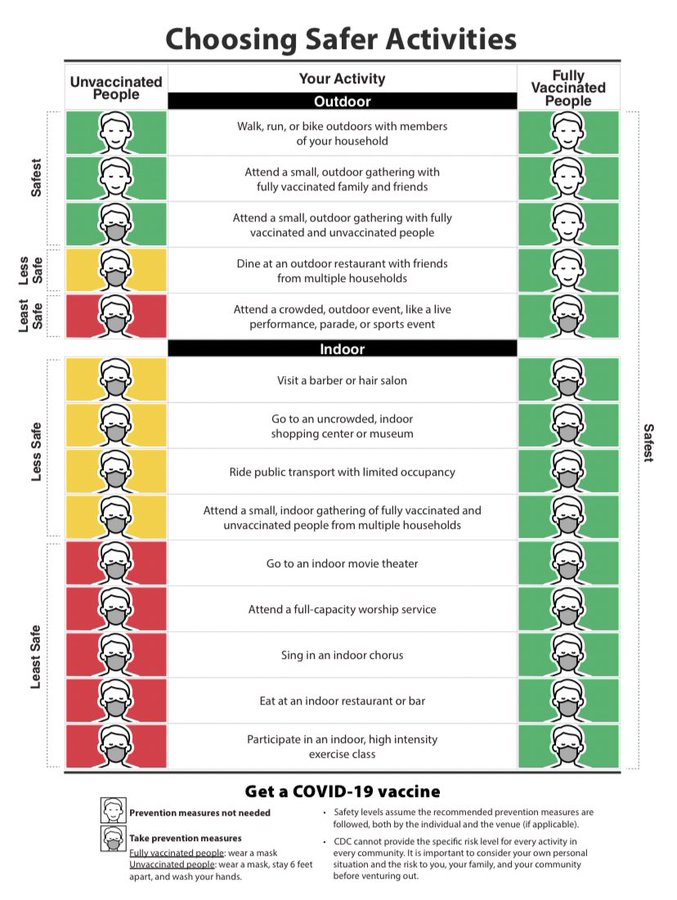
Masks are an additional step to help slow the spread of COVID-19 when combined with every day preventive actions and social distancing in public settings.
- Who should NOT use masks: children under age 2, or anyone who has trouble breathing, is unconscious, incapacitated or otherwise unable to remove the mask without assistance.
- Masks are NOT surgical masks or N95 respirators. Surgical masks and N95 respirators are supplies that should be reserved for healthcare workers and other first responders.
Wear your Mask Correctly
- Wash your hands before putting on your mask
- Put it over your nose and mouth and secure it under your chin
- Try to fit it snugly against the sides of your face
- Make sure you can breathe easily
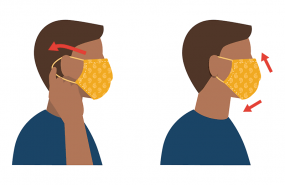
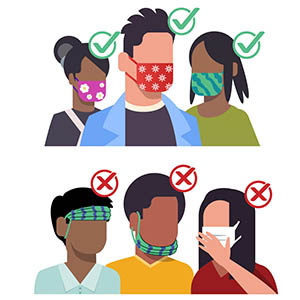
Wear a Mask to Protect Others
- Wear a mask that covers your nose and mouth to help protect others in case you’re infected with COVID-19 but don’t have symptoms
- Wear a mask in public settings when around people who don’t live in your household, especially when it may be difficult for you to stay six feet apart
- Wear a mask correctly for maximum protection
- Don’t put the mask around your neck or up on your forehead
- Don’t touch the mask, and, if you do, wash your hands or use hand sanitizer to disinfect
Follow Everyday Health Habits
- Stay at least 6 feet away from others
- Avoid contact with people who are sick
- Wash your hands often, with soap and water, for at least 20 seconds each time
- Use hand sanitizer if soap and water are not available
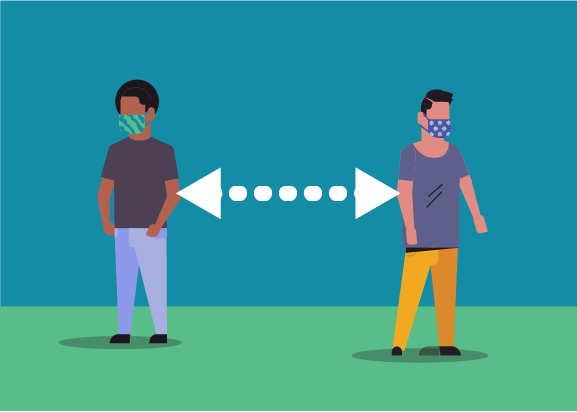
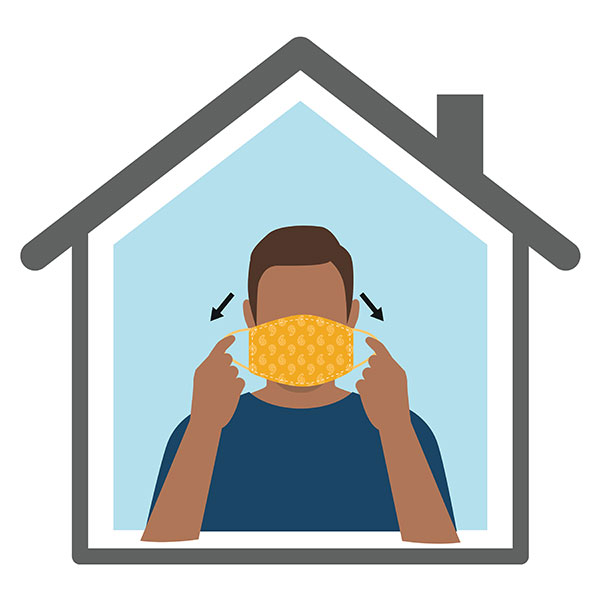
Take Off Your Mask Carefully, When You’re Home
- Untie the strings behind your head or stretch the ear loops
- Handle only by the ear loops or ties
- Fold outside corners together
- Place mask in the washing machine (learn more about how to wash masks)
- Be careful not to touch your eyes, nose, and mouth when removing and wash hands immediately after removing.
